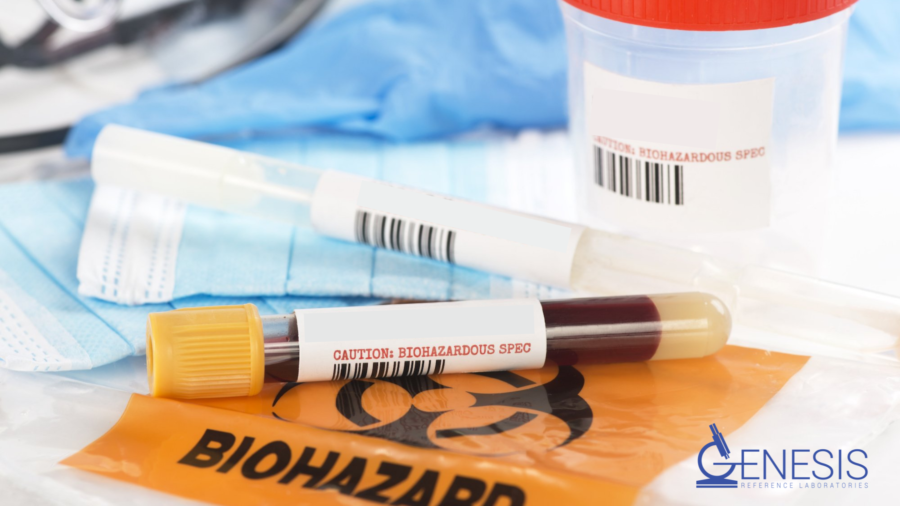Have you ever thought about what happens to leftover lab specimens that aren’t used during testing? There is a name for the biofluids that are left over after lab tests are run: remnant specimens. The FDA defines remnant specimens as “the remnant of a human specimen collected for routine clinical care or analysis that would otherwise have been discarded.” These remnants typically include biofluids like serum, plasma, saliva, urine, cerebrospinal fluid, and tissues. What many don’t realize is that these leftovers can be a valuable resource for clinical research.
Remnant specimens are routinely used by clinical laboratories for things like validation, verification, method and technique development, training, and even quality improvement. They can also be used by researchers for pilot studies and testing new techniques.
One aspect that makes remnant specimens important is they can provide samples from vulnerable populations that can be difficult to collect from in the first place. Geriatric patients, pediatric patients, pregnant patients, and those with communicable diseases (like Covid-19) can be difficult to access. Moreover, those with highly communicable diseases like Covid-19 can put collection staff at risk of contamination and infection when samples are necessary to obtain. Remnant specimens can be crucial to research of these viruses and can help accelerate our study of its behavior and treatment.
When utilizing remnant specimens, it is important to research and apply any regulatory policies and limitations that are in place in your area. Samples should be deidentified, stored and used for research only while maintaining appropriate HIPAA and HITECH compliance.
Regulations can limit the scope that these samples can be used. There is also concern about the data from studies using the specimens being eligible for use in publications, etc. According to the FDA, however, “If the requirements outlined by HHS and FDA are met, data derived using remnant biospecimens may be used to support publications, presentations at medical conferences, and even to support FDA submission.”
So how do researchers get their hands on these specimens? One solution that has been developed is the biobank. A biobank is “a collection of biological samples and health information” that serves as a specimen library for researchers.
One major issue with using remnant specimens, however, is the disconnect in communication technology between the healthcare organizations that house them and the researchers who need them. It can be difficult for researchers to find suitable samples for their studies (demographically appropriate, clinically significant, exact parameters needed for the study, etc.) with these communication barriers in place.
A relatively new development in this research dilemma is the online marketplace. This new technology allows biobanks, clinical laboratories, hospitals, and other healthcare organizations to publish their remnant specimen holdings and allow researchers to search for the specific specimens they need. The goal of the marketplace is to accelerate research progress by allowing researchers to find suitable specimens faster and eliminate the struggle of finding appropriate samples in the first place. Although it is still a work in progress, the potential for remnant specimen research remains promising.
*Information presented in this blog is for educational purposes only and does not represent the clinical practices nor availability of testing of Genesis Reference Labs.
References:
https://www.aacc.org/cln/articles/2021/october/turning-leftover-specimens-into-treasure
https://health.ucdavis.edu/biorepositories/pdfs/misc-biobank/Using-remnant-biospecimens-medical-research.htm
https://www.mayo.edu/research/documents/introduction-pamphlet-16kb-pdf/DOC-10027365
Extracting Scientific and Economic Value from Clinical Remnants

